This is an article in our new series looking at how 3D printing is used around the world and reporting on ways to get involved in 3D printing.
3D Printing in Fargo by Sarah Loosbrock
Sarah Loosbrock is the lead of marketing and communications at Fargo 3D Printing. She hails from Minneapolis but has spent the last eight years in Fargo studying, working, and cutting her teeth in the welcoming Fargo startup community.
Fargo 3D Printing is an online 3D printer parts store and repair hub. We work to offer quality hard-to-find parts for a growing number of brands. Look to Fargo 3D Printing to help you get printing, stay printing, and change the world.
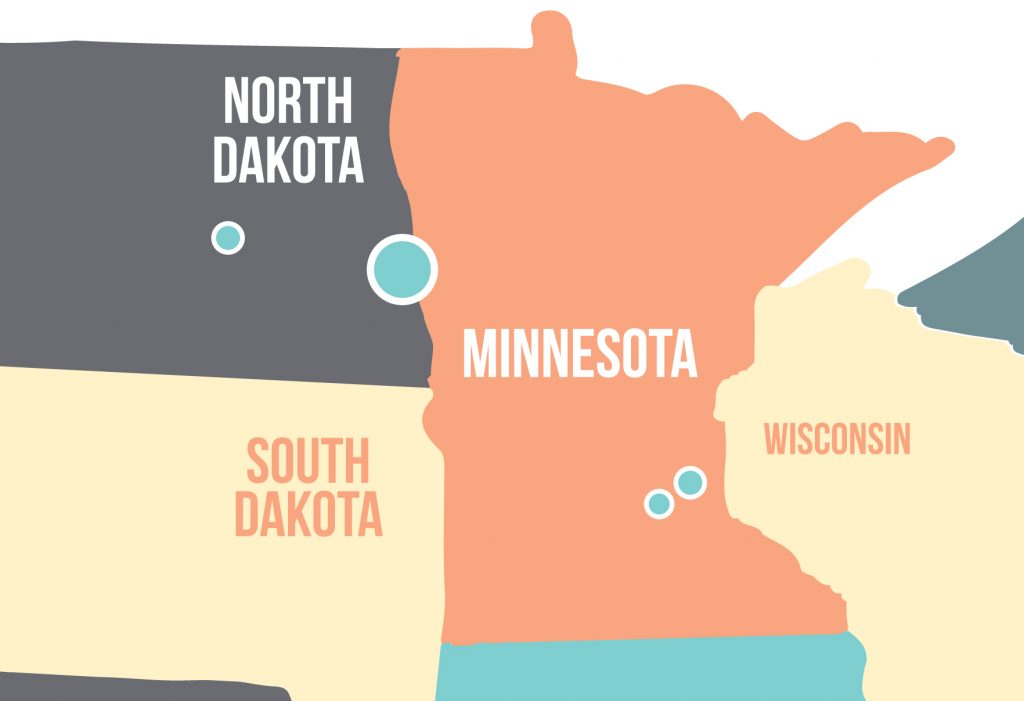
An Economic Ecosystem
When it came time to name our 3D printing business located in Fargo, North Dakota, our founders, Jake Clark and John Schneider, went simple – Fargo 3D Printing. In the four years we have been in operation, we’ve connected with other businesses, organizations, and individuals who work to make additive manufacturing a real part of the upper midwest’s economy.
We are fortunate to have companies in the Twin Cities area like MakerBot-owning Stratasys or billion-dollar prototype manufacturer, Proto Labs, whose presence builds an environment that is knowledgeable and friendly toward 3D printing.
In Fargo, companies like Botlink, are attempting to turn North Dakota into what the New York Times calls “a Silicon Valley for drones.” This helps foster a culture of technology and innovation. Plus, creating a valuable industry from one with its beginnings in hobbyist devices is a movement 3D printing enthusiasts can appreciate.
This is what creates an economic ecosystem. Because 3D printing is an industry-spanning technology, it offers benefits to more businesses than just those that deal only with 3D printing. So the story of the 3D printing economy in our region includes a lot of peculiar players, from a pair of farmers to Prince’s Paisley Park estate.
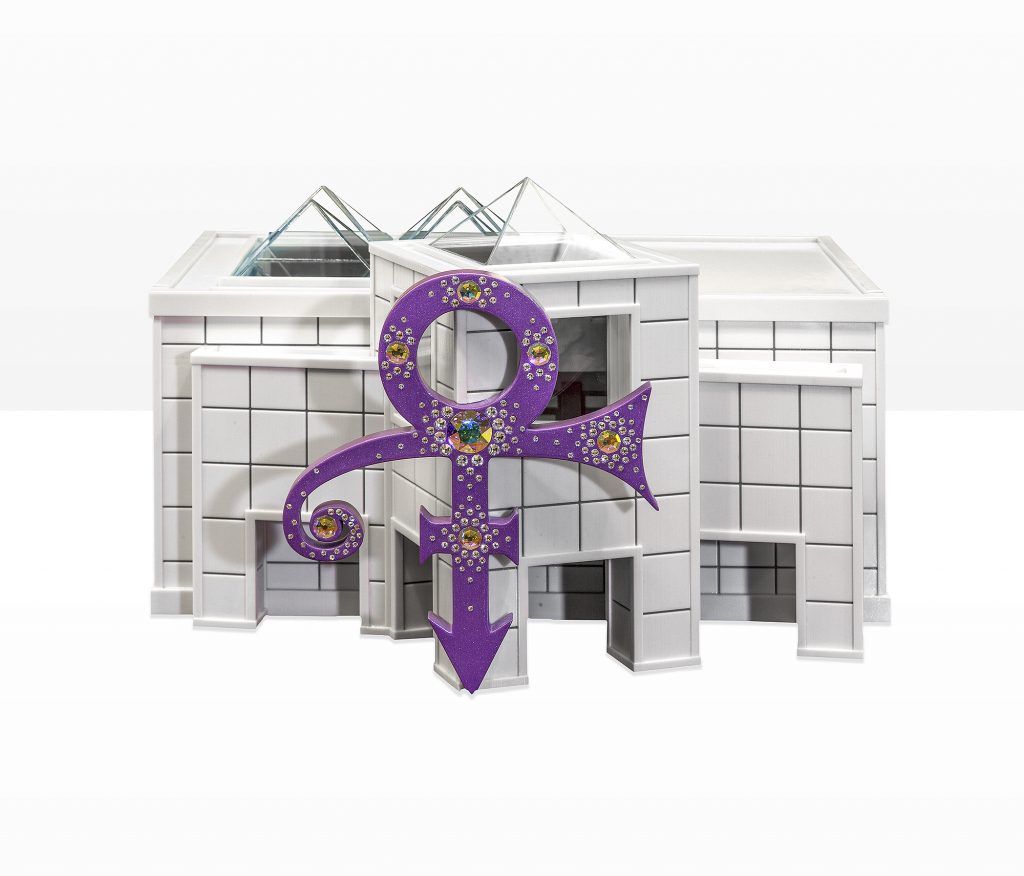
Limbs and Bundt Cakes and Urns, Oh My!
3D printed artificial limbs are nothing new. The e-Nable Project brought attention to the possibilities for 3D printing prosthetics, making the devices cheaper and more customized to the patient.
In Fargo, a company called Protosthetics is perfecting the role of 3D printers in the orthotic and prosthetic field, providing valuable manufacturing and product solutions. Founders Josh Teigen and Cooper Bierscheid (a former Fargo 3D Printing intern – there’s that ecosystem at work) are armed with a slew of custom-built LulzBot machines and a drive to innovate.
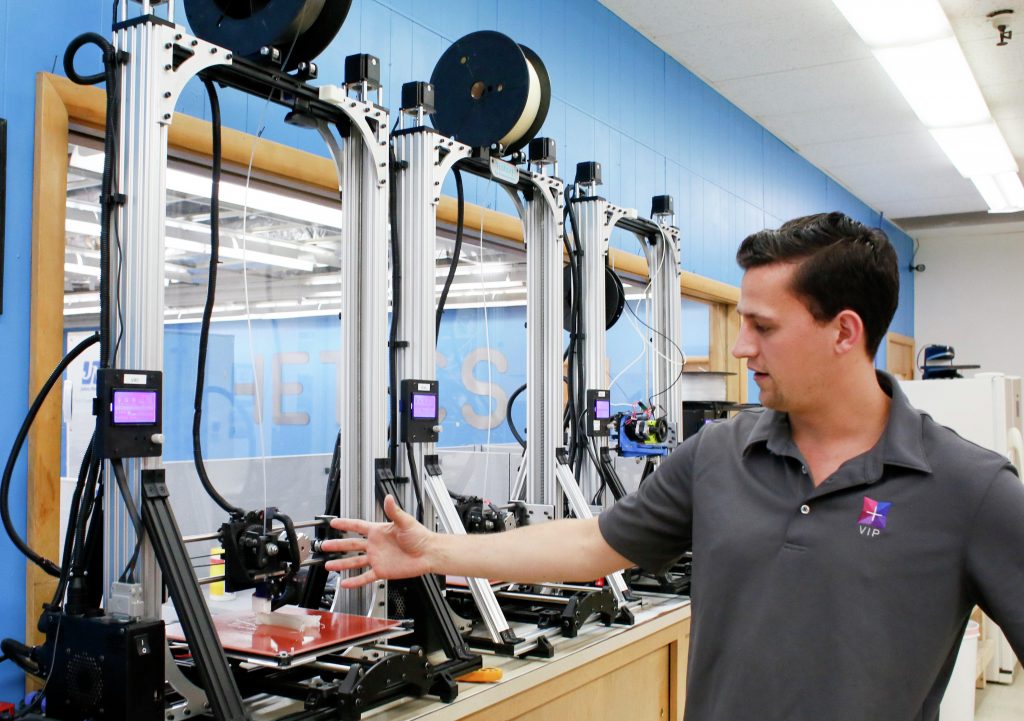
Michael Vosburg / Forum Photo Editor
One product, the Amphibian, addresses a major hindrance those with prosthetics face while using these devices – water. Most traditional prosthetics are not waterproof, and exclude the wearer from activities like swimming, walking on the beach, or even showering. The Amphibian is 3D printed, waterproof, multi-purpose, and expanding the possibilities of 3D printing technology in our daily lives.
A favorite client of ours, Nordic Ware, has been manufacturing American-made kitchenware products in Minneapolis, Minn. since 1946 (best known as maker of the iconic Bundt pan). An in-house design team uses a number of modeling techniques to create up to 50 new products each year. Part of that process includes a 3D printer.
“3D printing is vital to our product design and development team,” says J. Makai Catudio, product design engineer at Nordic Ware. Their MakerBot and LulzBot machines are used to create things like scale models for packaging design, temporary tooling and fixturing, and patterns to have sand-cast aluminum prototypes made for baking tests.
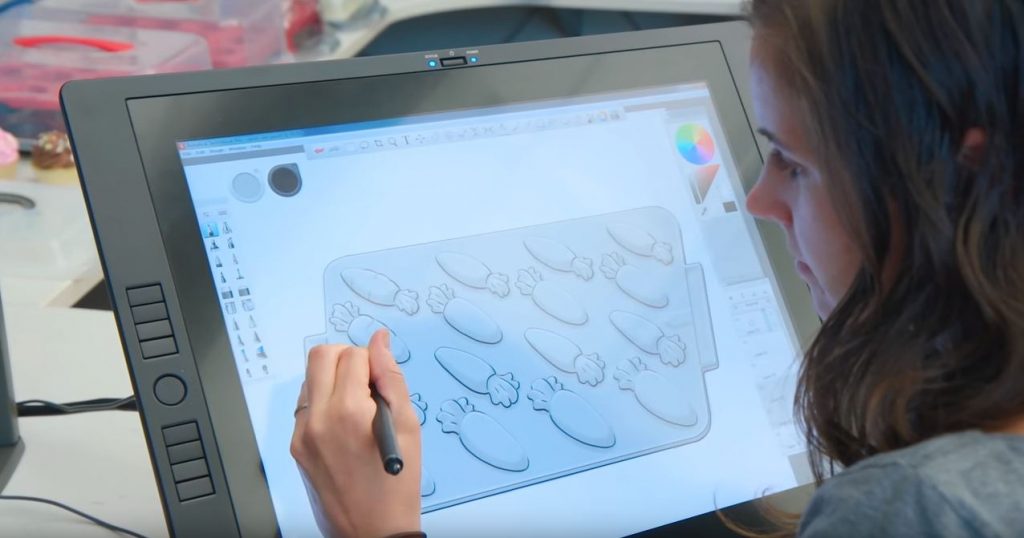
But while we see 3D printing enhancing life, another company, Foreverence, is using 3D printing to honor its end. More and more Americans are selecting cremation as their end of life decision and loved ones picking out a modest, traditional urn for the deceased often find the process uninspiring. Enter Foreverence, located in Eden Prairie, Minn. Since 2014, they’ve been designing and 3D printing custom urns and memorials that are as unique and meaningful as the lives of the people they honor.
Their gallery of recent work includes urns in the form of classic cars and world landmarks, showcasing a lovely ability to capture a narrative in the form of a 3D printed cremation urn. Given the amount of creative control Foreverence offers in the effort to honor a dynamic life, it’s no wonder their list of customers includes the families of legendary individuals like Lemmy Kilmister, Scott Weiland and Prince.
The Importance of Agriculture
As the dominant industry in our region, we see agriculture and 3D printing crossing paths frequently. For example, North Dakota-based biocomposite plastics company, c2renew, sees opportunity, not waste, when they look at the leftovers of our region’s farming activities. c2renew’s compounds are made from agricultural residues like hemp fiber to provide green alternatives to pure virgin plastics.
Ultimately, in partnering with Fargo-based filament manufacturer, 3D-Fuel, c2renew has been able to bring their biocomposites to the 3D printing market. 3D-Fuel offers these materials in the form of filaments like Entwined (hemp filled), Wound Up (coffee), and Buzzed (beer). In this way, the crops of the upper midwest are used in 3D printers around the world.

But what for 3D printing’s first major purpose – prototyping? Last year, Ted Juhl and Robin Weisz (both farmers and engineers) set out to devise a solution to clean mud and reduce tire wear on planters and air drill gauge wheels. Heavy mud sticking to the gauge wheel of a planter is a common problem experienced by farmers in the Red River Valley. In an interview they described the process.
As the pair was developing the concept, they realized the complex shape was a challenge.
“How do we make a prototype? How do we test it? How do we decide if our idea even has merit?”
Weisz and Juhl found Fargo 3D Printing in Fargo, N.D.
…Weisz says, “We went through several versions before we even had one to try to test. If it wasn’t for that (3D printing), the cost would have been prohibitive.
The result is an effective and functional product, ready to aid Valley farmers. Thanks in part to 3D printing. Visit MudRX to learn more about the product.
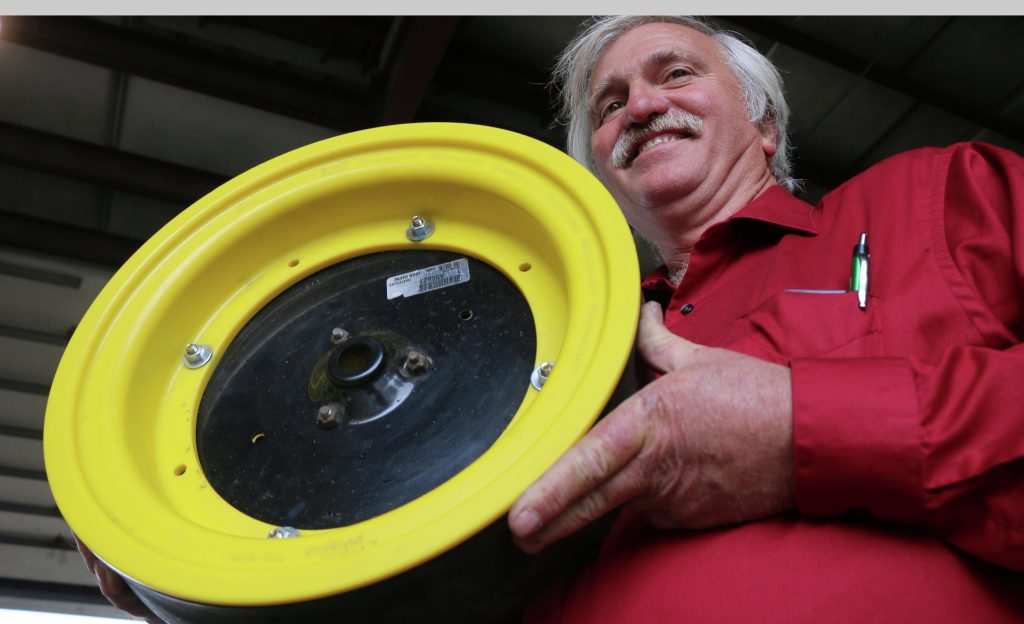
As 3D printing enthusiasts in the midwest, we do face a few challenges. Simply as a matter of scale, things like meetup groups are typically smaller than those we encounter elsewhere. And we often have to acknowledge, “Yes, like the movie,” before beginning conversations at tradeshows. But we have found great opportunity to grow our business, the technology of 3D printing and our love for it here in the midwest. After all, we literally wouldn’t be Fargo 3D Printing without it.
This is an article in our series looking at how 3D printing is used around the world. If you’d like to participate with your own article then get in contact.
You can read more articles in the series here.
For all the latest 3D printing news, sign up to our newsletter and follow us on twitter.
Featured image shows the author of this article Sarah Loosbrock of Fargo 3D Printing.



